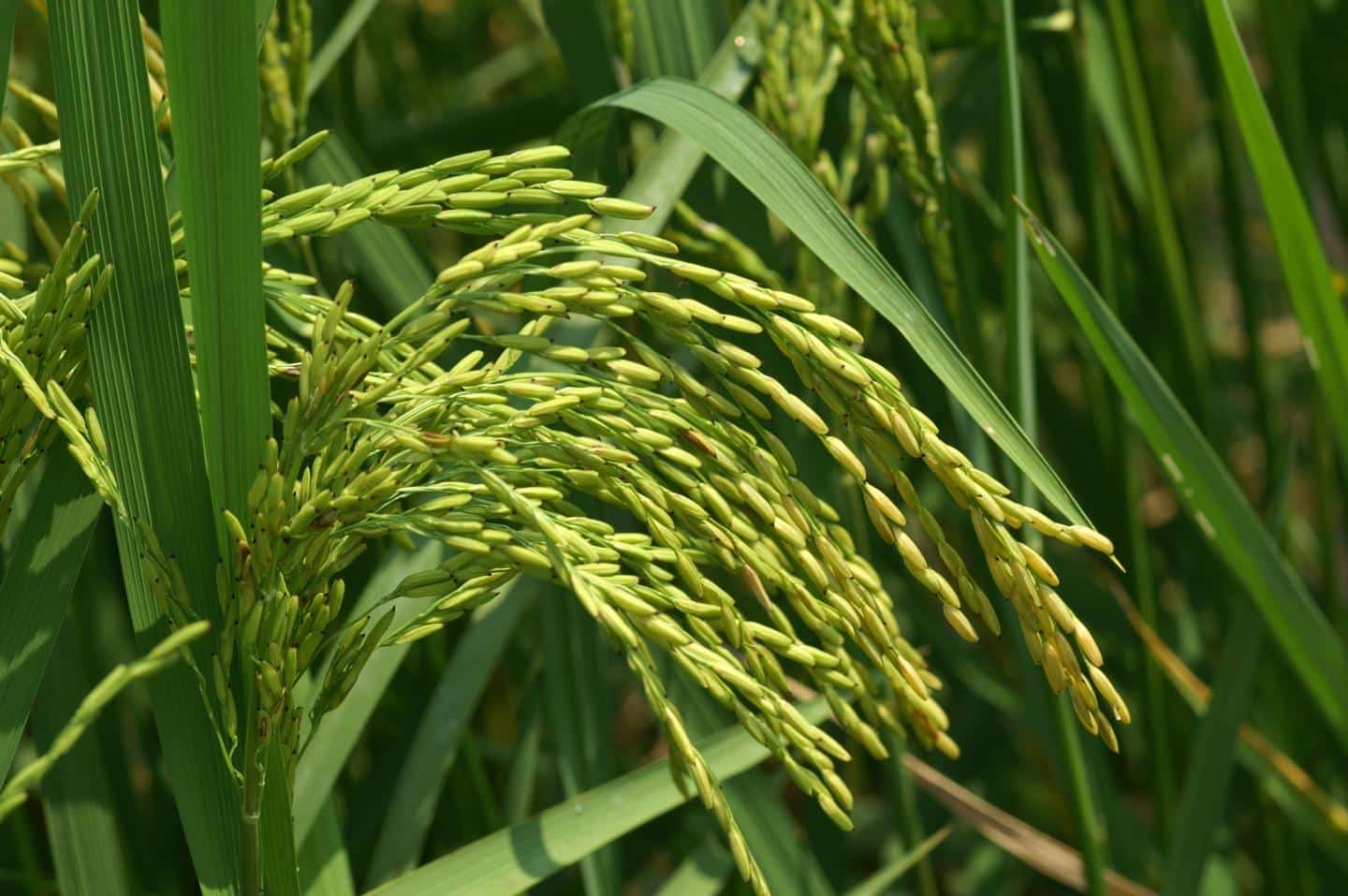Microbiome of Pest Key to Understanding its Interaction with Crops
The Asian rice gall midge (ARGM) is one of the most destructive insect pests of rice. As a member of the specialized gall making insect family Cecidomyiidae, it spends most part of its life cycle within the rice plant.
The ARGM infestation of rice results in failure of panicle formation and economic loss. Understanding the molecular basis of ARGM-rice interactions is very crucial in order to control this devastating pest of rice.
Therefore, researchers at the Sun Yat-sen University, China, International Centre for Genetic Engineering and Biotechnology, Delhi, Indian Institute of Rice Research and Agri Biotech Foundation have explored the microbiome or microbes associated with this major rice pest.
Gall formation renders rice tillers sterile i.e. shifts the developmental process from a reproductive phase to a vegetative phase. Various studies have described and defined the mechanism involved during rice defense and the ARGM counter defense but no study has reported the involvement of microbes in the ARGM-rice interaction. Moreover, insect associated microbiome is known to be involved in a three-way interaction between plant-insect-microbe and therefore, information regarding identity and diversity of bacterial community composition within the ARGM from both susceptible and resistant rice
hosts is likely to contribute towards a better understanding of ARGM biology and gall midge-rice interactions as well.
For their latest study, the scientists used next generation sequencing (NGS) protocol to identify different bacterial species associated with the midges and the plant.
What they found was that the ARGM was made up of both rare and abundant species. Wolbachia species and Psuedomonas species of bacteria were commonly found in the Asian Rice Gall Midge. Wolbachia sp has been described as a microbe with a capacity to change several traits of its host, while Psuedomonas sp. are also known to be present in other pest species.
More importantly, the study shows that the bacterial community structure differed among different host plant and different stages of development of the midge. These variation observed in the microbiome of the Asian Rice Gall Midge with reference to the host from which they were isolated indicate that they might have an influential impact on the midge and plant interaction.






























